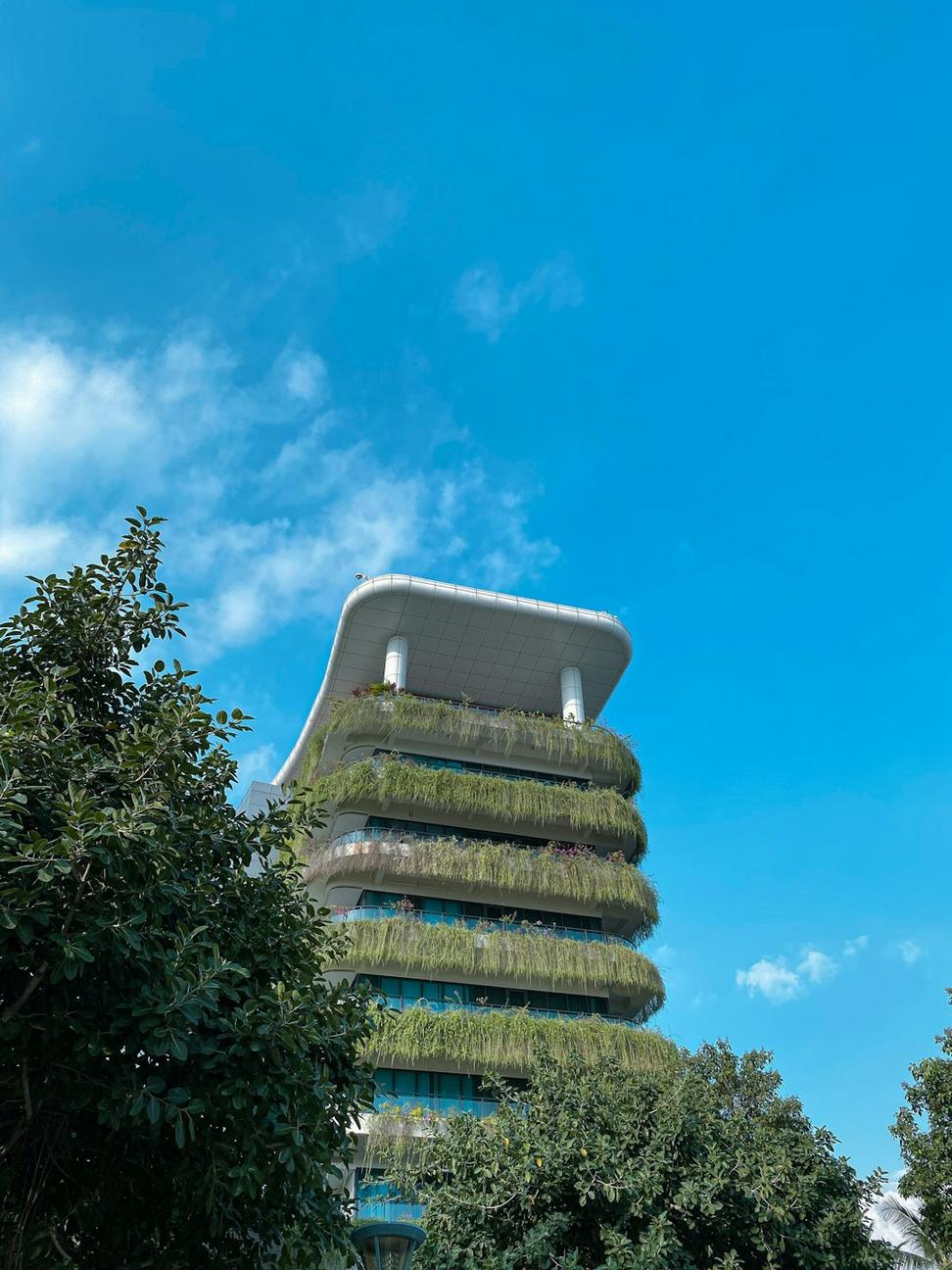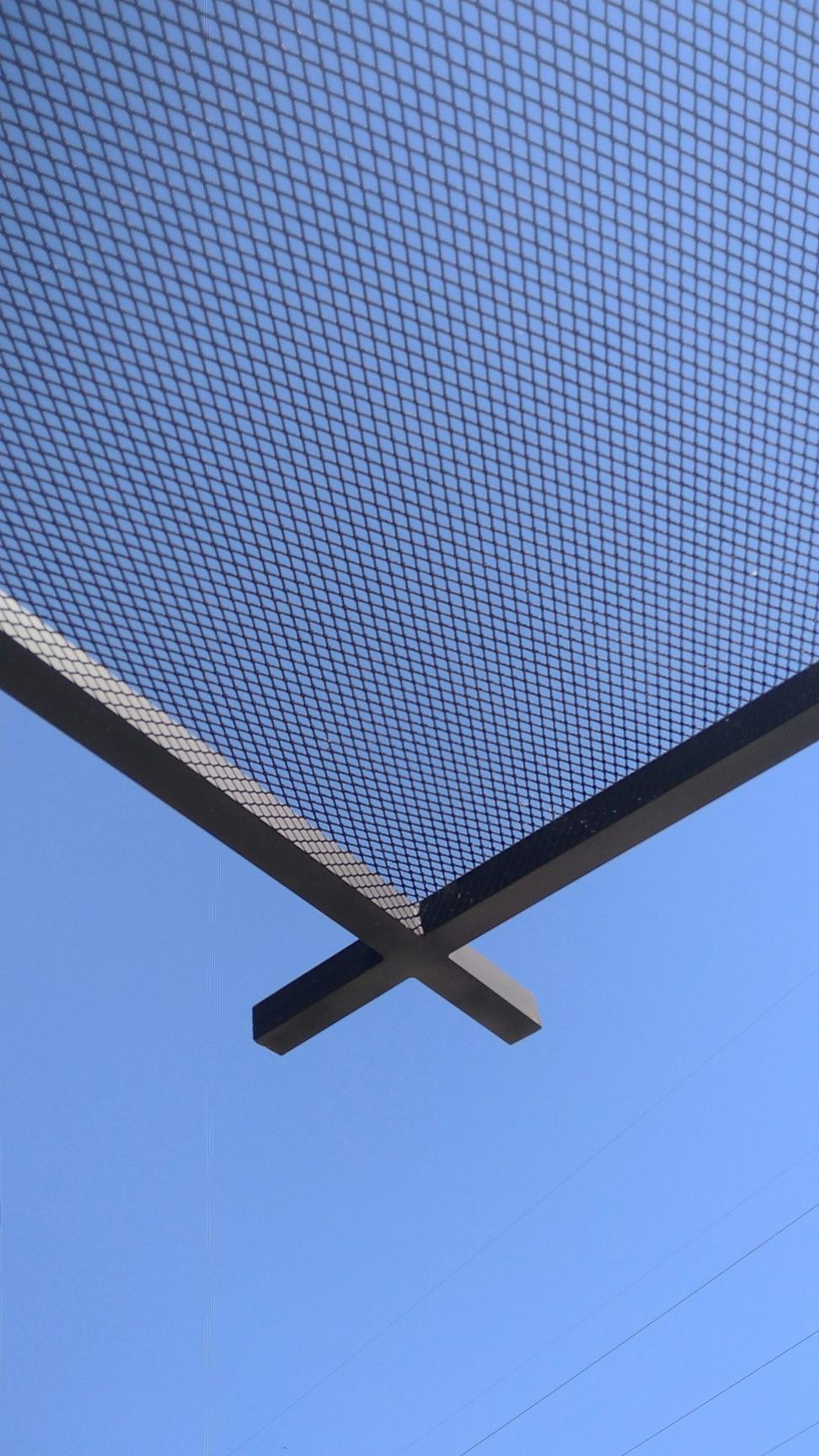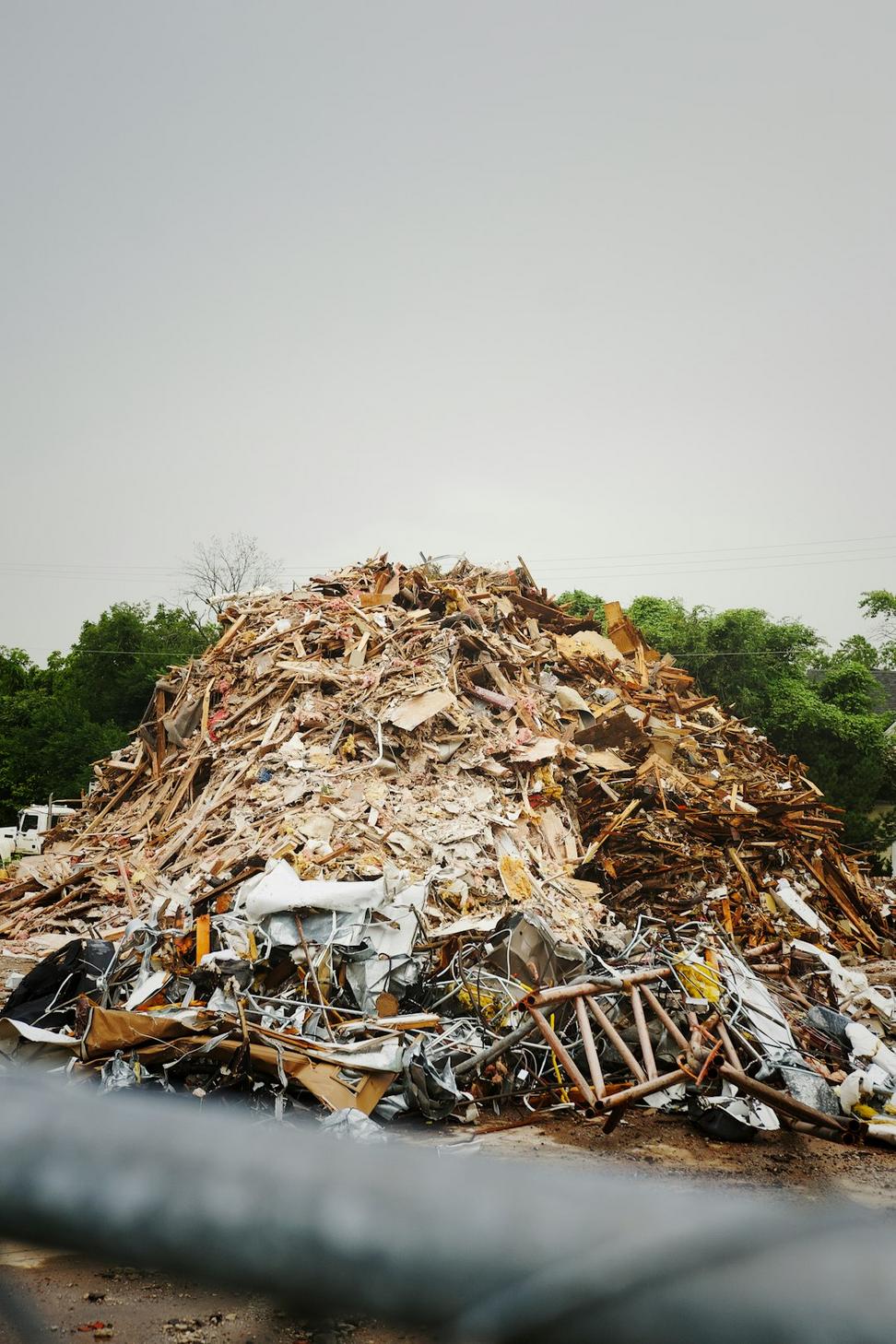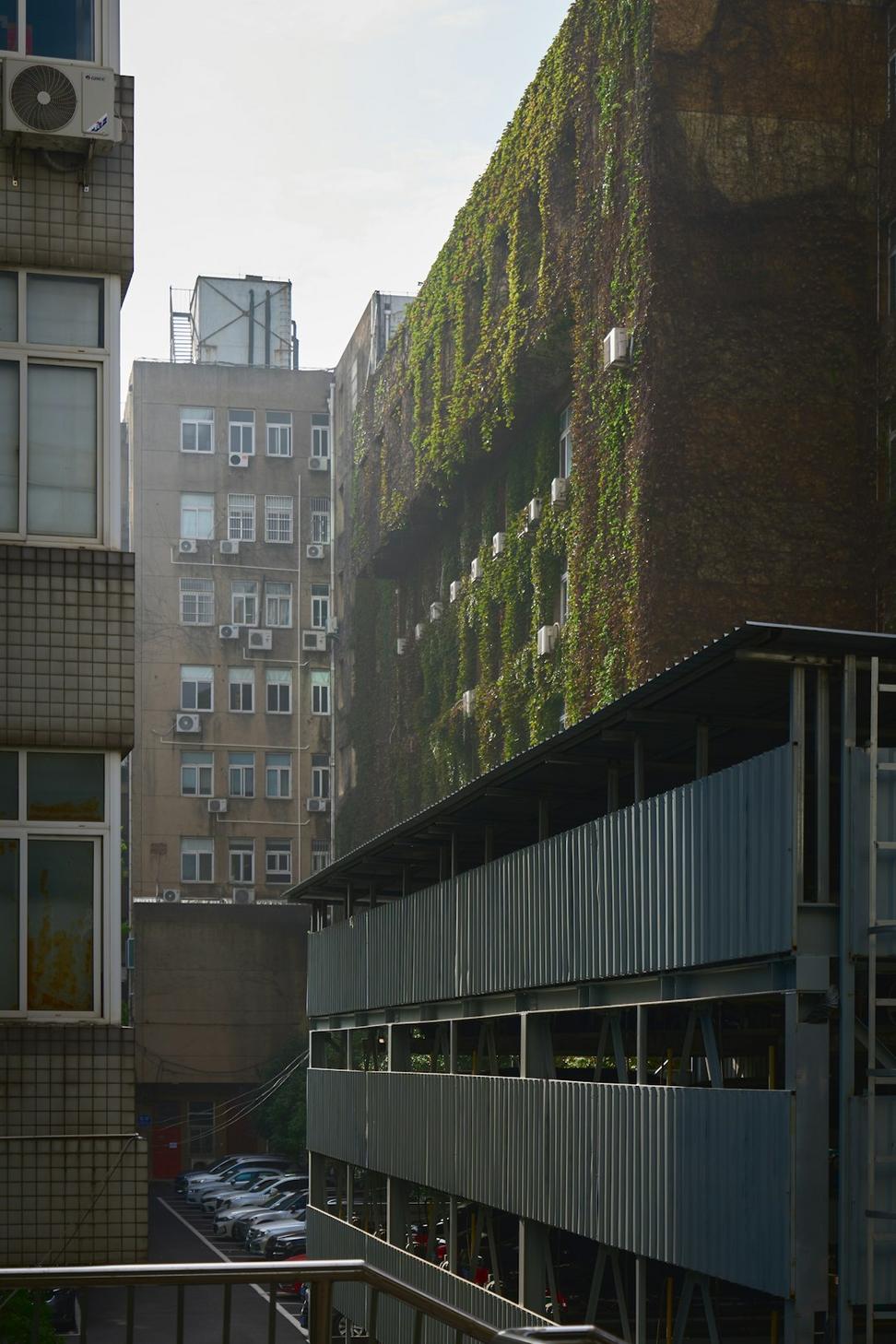Building for Tomorrow, Not Just Today
Look, we're not gonna sugarcoat it - the construction industry has a pretty hefty carbon footprint. But here's the thing: every project we touch is a chance to do better. And we're not talking about slapping some solar panels on a roof and calling it a day.
Since 2015, we've been pushing ourselves (and honestly, our clients too) to think differently about how buildings interact with the world around them.



